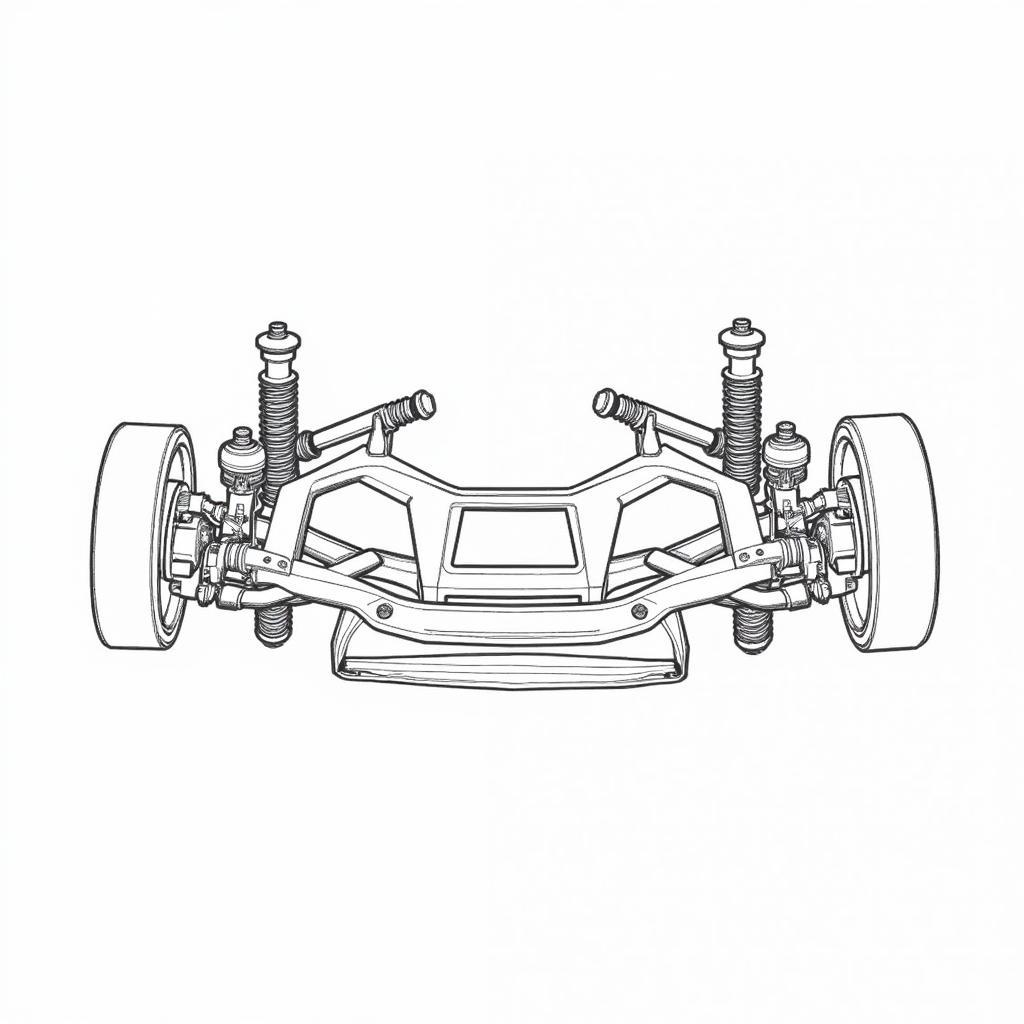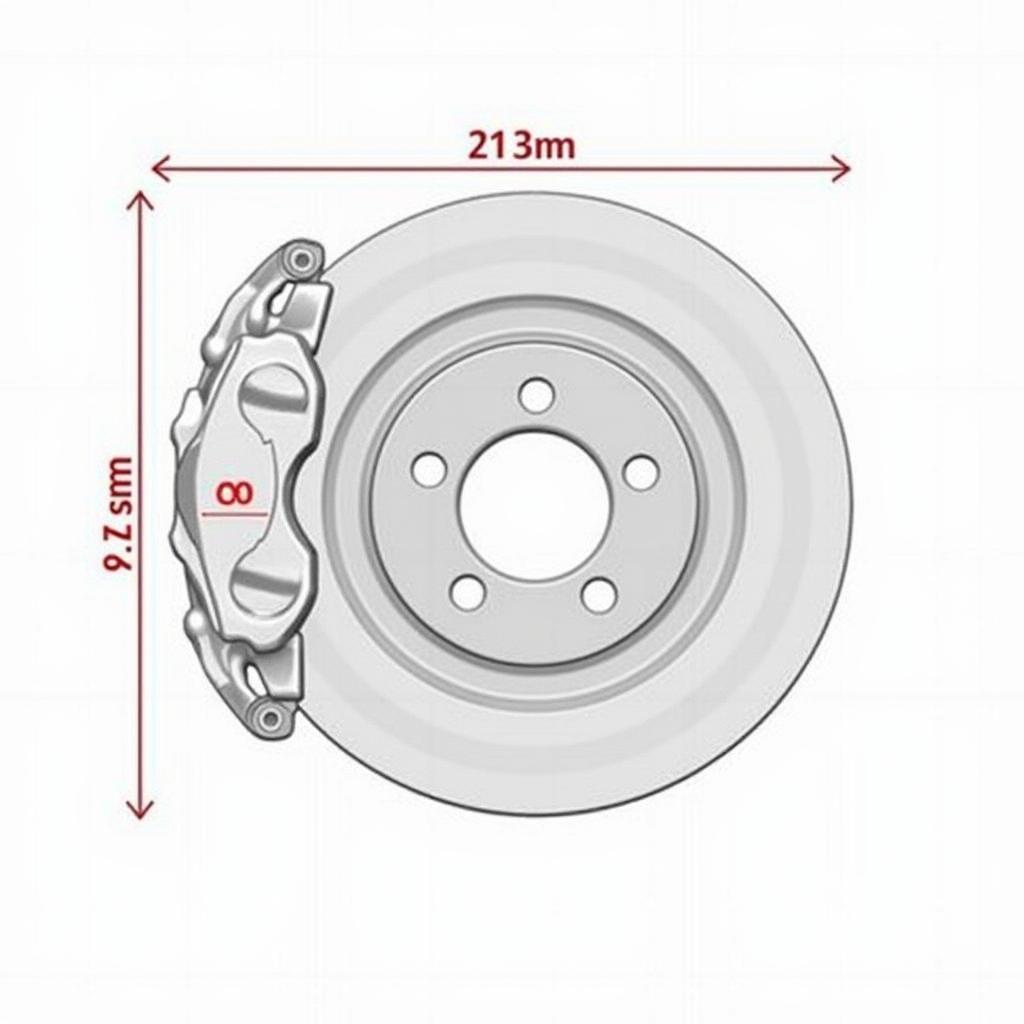Understanding the detail and assembly drawing of a sports car is crucial for anyone involved in automotive design, engineering, manufacturing, or even restoration. These drawings are the backbone of the entire process, providing a comprehensive visual language that communicates complex information about the vehicle’s structure, components, and assembly.
Decoding the Detail and Assembly Drawing of a Sports Car
Detail drawings focus on individual components, providing precise specifications for their dimensions, materials, tolerances, and surface finishes. Imagine needing to manufacture the steering wheel. The detail drawing would provide exact measurements for its diameter, the thickness of the rim, the material of the spokes, and even the texture of the leather wrap. This level of detail is essential for ensuring that each part is manufactured to the correct specifications and can function as intended.
Assembly drawings, on the other hand, illustrate how these individual components fit together to form larger sub-assemblies and ultimately the complete vehicle. Think of building a complex LEGO set. The assembly drawing is like the instruction manual, showing you which brick goes where and how it connects to the others. For a sports car, this could be anything from the engine assembly to the suspension system or the entire chassis.  Assembly Drawing of a Sports Car Front Suspension These drawings are critical for ensuring that all the parts work together harmoniously and that the final product meets the desired performance and safety standards.
Assembly Drawing of a Sports Car Front Suspension These drawings are critical for ensuring that all the parts work together harmoniously and that the final product meets the desired performance and safety standards.
Importance of Accuracy in Detail and Assembly Drawings
Accuracy is paramount in these drawings. Even a slight deviation in a dimension or tolerance can have significant consequences, affecting the performance, safety, and reliability of the vehicle. Imagine a misaligned bolt hole in the brake caliper assembly. This seemingly small error could lead to brake failure, with potentially catastrophic results.  Detail Drawing of a Sports Car Brake Caliper
Detail Drawing of a Sports Car Brake Caliper
What are the different types of projections used in sports car drawings?
Different types of projections are used in detail and assembly drawings to represent three-dimensional objects on a two-dimensional plane. These include orthographic projections, isometric projections, and sectional views. Each projection type serves a specific purpose, providing different perspectives and insights into the component or assembly.
How are CAD software and 3D modeling impacting the creation of these drawings?
Computer-Aided Design (CAD) software has revolutionized the creation of detail and assembly drawings. 3D modeling allows engineers to create highly detailed and accurate representations of components and assemblies, making it easier to visualize, analyze, and modify designs. This has significantly improved the efficiency and precision of the entire design and manufacturing process.
“Accurate detail and assembly drawings are the foundation of any successful automotive project,” says Dr. Emily Carter, Lead Automotive Engineer at Apex Motorsports. “They’re the language we use to translate design concepts into tangible reality.”
“The shift towards 3D modeling has been transformative,” adds Professor David Miller, Head of Mechanical Engineering at the University of Automotive Excellence. “It allows for greater complexity and precision, enabling the development of increasingly sophisticated sports car designs.”
“Think of these drawings as the DNA of a sports car,” comments John Smith, Senior Designer at Velocity Auto Design. “They contain all the genetic information needed to bring the vehicle to life.”
Conclusion
Detail and assembly drawings are essential for the successful design, manufacturing, and assembly of a sports car. These drawings provide a precise and comprehensive visual language that communicates complex technical information. With the advancements in CAD software and 3D modeling, the creation and utilization of these drawings have become even more sophisticated, leading to more innovative and high-performing sports cars.
FAQs
- What is the difference between a detail and an assembly drawing?
- What are the key elements of a detail drawing?
- What are the different types of projections used in automotive drawings?
- How has CAD software impacted the creation of these drawings?
- Why is accuracy so important in detail and assembly drawings?
- Where can I find examples of sports car detail and assembly drawings?
- What are the common symbols used in these drawings?
Need assistance? Contact us via WhatsApp: +1(641)206-8880, Email: [email protected]. We have a 24/7 customer support team.

Leave a Reply